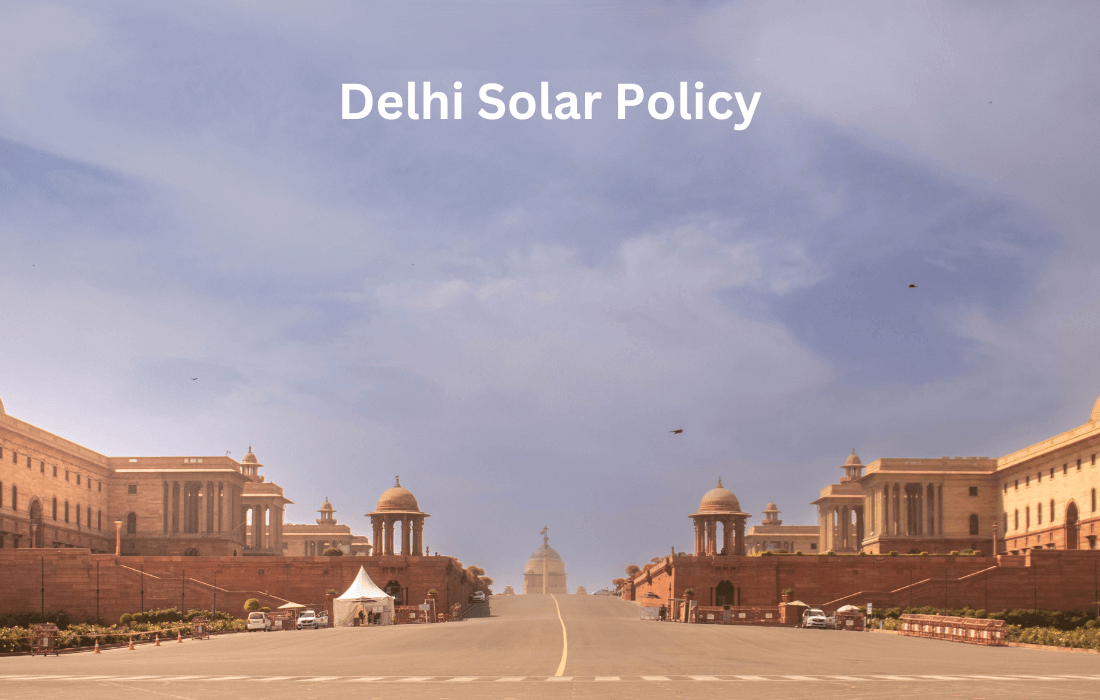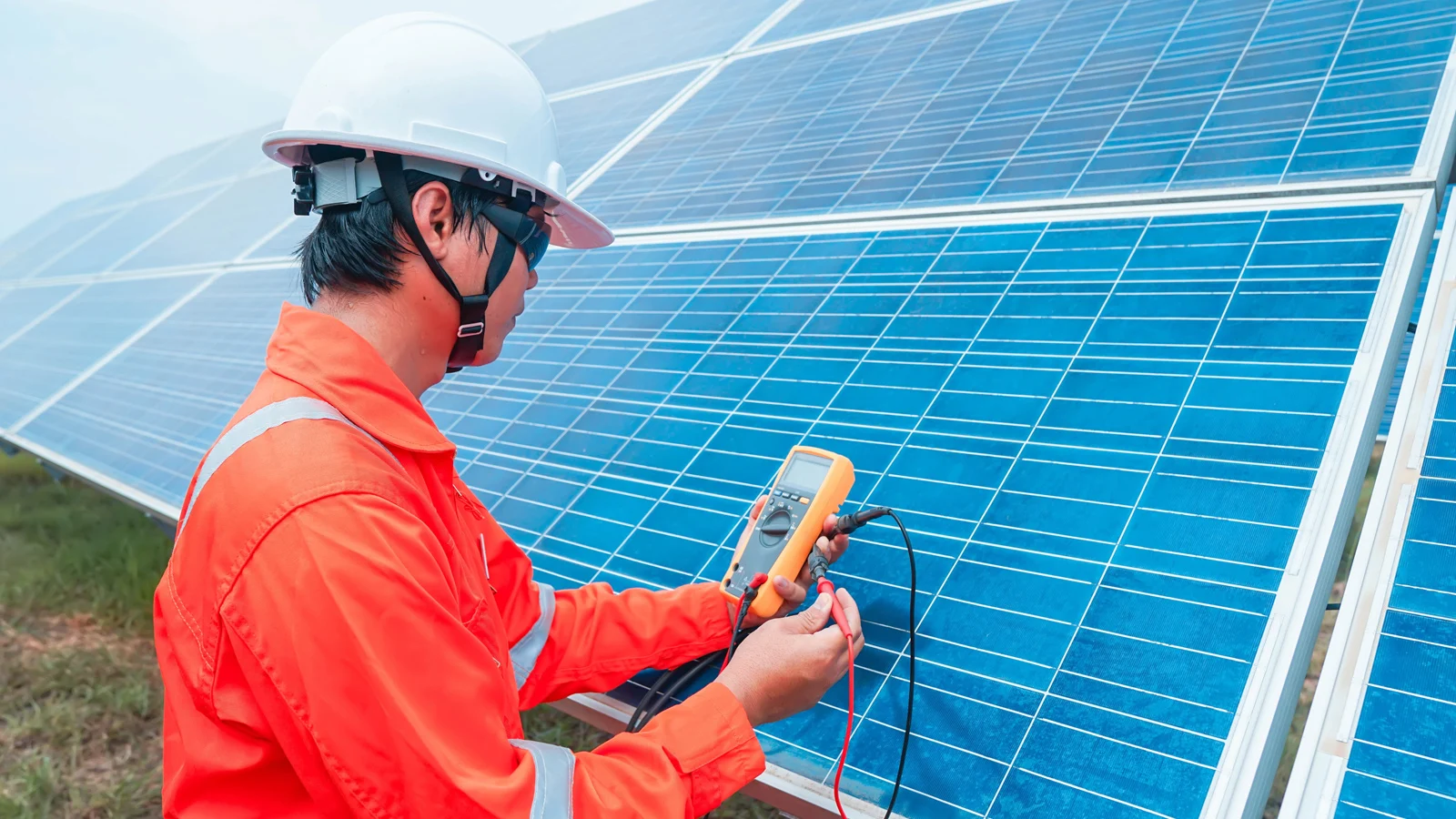Delhi, one of India’s most populous and energy-intensive cities, is making a major push to shift toward solar power. The Delhi Solar Energy Policy 2023 (notified March 2024) and its subsequent updates aim to accelerate rooftop solar installations, increase solar capacity substantially, and reduce electricity bills for residents.
What the Policy Aims to Achieve:
• Install 750 MW of rooftop solar capacity within Delhi and source 3,750 MW of large-scale solar from outside the state.
• Reach a total installed solar capacity of approx 4,500 MW by March 2027, helping solar meet roughly 20-50% of Delhi’s electricity demand.
• Ensure all government buildings with a rooftop area of 500 m² or above install solar panels within the next few years.
Key Features of the Policy:
1. Capital Subsidies for Consumers
• Residential consumers receive a state subsidy of ₹2,000 per kW, up to a maximum of ₹10,000 per consumer.
• This is in addition to central subsidies provided by the Ministry of New & Renewable Energy (MNRE) under its schemes.
2. Generation-Based Incentives (GBI)
• To encourage actual solar power generation, the policy offers monthly incentives:
○ Residential: Up to 3 kW — ₹3 per unit generated.
○ Residential above 3 kW (up to 10 kW) — ₹2 per unit.
○ Group housing/RWAs (up to 500 kW) — ₹2 per unit.
○ Commercial/Industrial (first 200 MW) — ₹1 per unit for five years.
• Incentives are credited monthly (or adjusted via electricity bill) and apply for five years from commissioning.
3. Net-Metering & Bill Offset Mechanism
• Rooftop solar production is offset against grid consumption under net-metering. Consumed units minus generated units = billable units.
• Any excess generation can be rolled over (up to 12 months) or, in some cases, converted to income if annual generation surpasses consumption.
4. Innovative Deployment Models
• Community Solar: For those without suitable rooftops, space is shared, and benefits are distributed.
• Peer-to-Peer Trading: Consumers with solar can sell surplus power to others (via a platform).
• Hybrid RESCO Model: For consumers who have rooftop space but little capital, a developer installs and maintains the system, and the consumer benefits via lower bills.
Benefits for Delhi Residents:
• Zero or significantly reduced electricity bills for residents installing rooftop solar—especially those consuming <200 units/month or installing a system to offset their load.
• Income from Incentives: A small rooftop system (e.g., 3 kW) could generate additional earnings via GBI.
• Faster Payback: With subsidies + incentives + lower bills, payback periods can drop to 3-4 years depending on consumption and system size.
• Environment & Health: Less reliance on coal-fired power means cleaner air and a reduced carbon footprint.
Conclusion:
The Delhi Solar Energy Policy has created one of the most attractive environments in India for rooftop solar adoption. With strong financial incentives, innovative business models, and a clear roadmap for capacity growth, it’s a win-win for residents, businesses, and the environment.
If you live in Delhi and have a rooftop—or even if you don’t (via community solar)—this policy offers a timely opportunity to switch to clean energy, reduce your electricity bills, and contribute to a greener capital.




